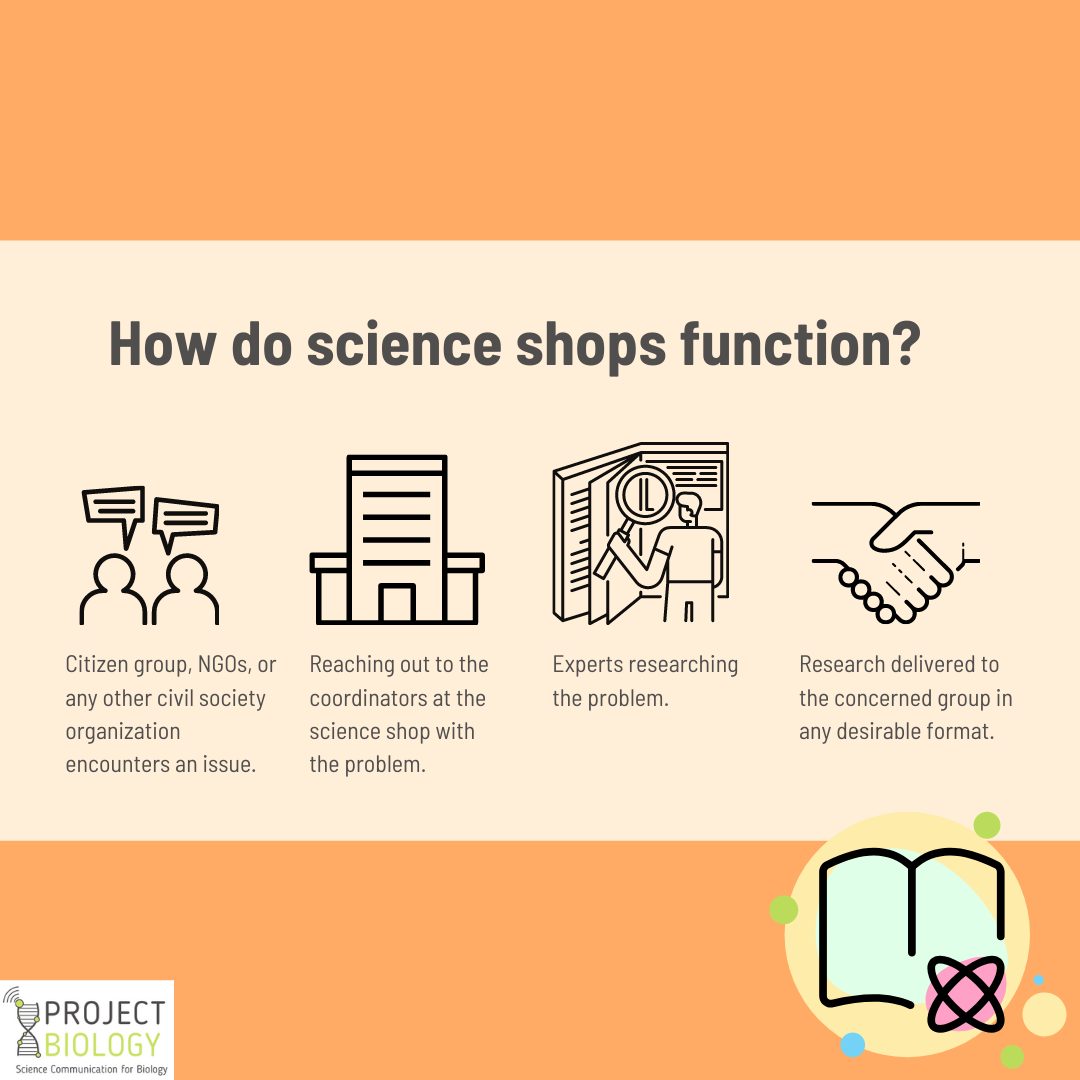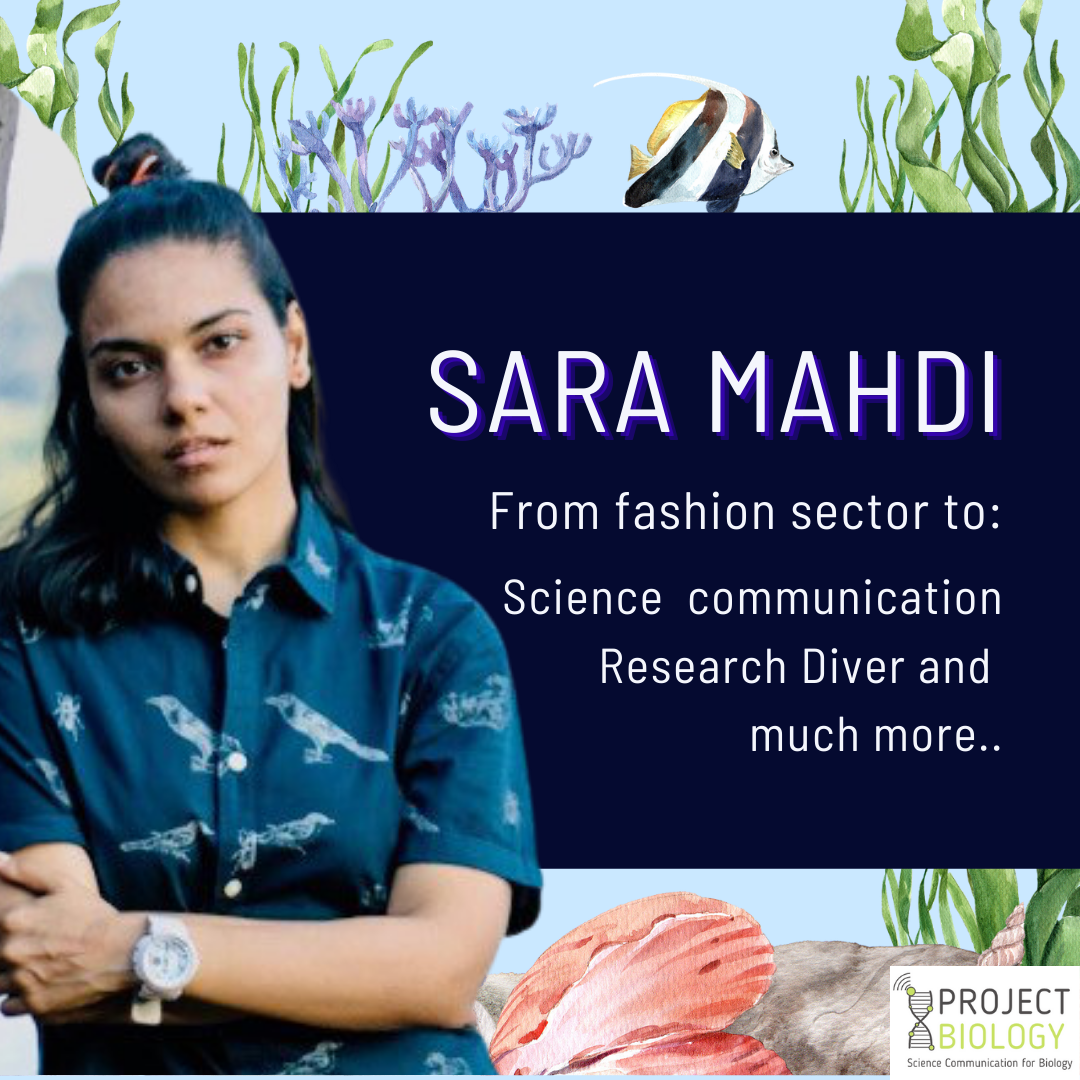Alice, a virologist, looks forward to communicate about a vaccine her team is working on. The virologist wants to engage a broad range of audiences, beginning with her colleagues, students, journalists, and, eventually, the general public. But, these are all different categories of audiences with varying types of interest, and successful communication with each of them will require different strategies. So, how to do this? First Alice needs to choose a suitable channel of communication. Second, the choice of the right style elements would help Alice for effective communication. As with different target audiences comes the challenge of choosing the appropriate approach, the suitable elements can help Alice and you invoke entertainment and engagement among your audience. So, what are these elements?
Style Element 1: Simplifying Jargons with analogies
While communicating with a general audience, one often overlooks the hindrance caused by the use of jargon. Jargons serve as an obstacle in carrying one’s point forward, as mostly these words are unknown to the audience. Therefore, to breakdown jargon, using analogies serves as one of the exciting style elements. An analogy helps make a concept easier to grasp by comparing it with easy and understandable terms.
‘Evolutionary tree’ makes the most common example of analogy used in biology. It helps one understand the relationship between ancestry and evolution. The relationship between descendants and ancestors appear as branches of a tree emerging from a common origin and diverting as the tree grows. Analogies like “powerhouse of the cell” and “lock and key mechanism” also remain prudent in communicating concepts such as energy production in cell and specificity of enzymes.
Style element 2: Visual elements
Complementing words with attractive visual elements helps illustrate complex scientific theories and phenomena. By helping one picture the idea, visuals make difficult concepts easier to understand. For example, one can turn data filled with numbers into visual elements of diagrams or graphics to show the relationship, trends, and patterns.
- Elements like tables, figures, schematics, graphs, and pie charts prove useful in simplifying the data part of the information. For example, a simple line graph makes it is easy to relate to the
phenomena of growth or decline.
- A series of events showing discoveries, change, growth or development can be represented adequately through timelines.
- Intricate and detailed experimental procedures can be illustrated in step by step manner for a more comfortable grasping of the process.
However, visual elements need to be clear, precise, and creative to attract the audience. An array of interactive visual features are these days available on online platforms or downloadable software that are user friendly and informative. Even the Microsoft Office package makes it easy to create beautiful presentations and documents in an instant. For biological diagrams, one can use Cell Illustrate, Biorender, and SmartDraw.
Style element 3: Metaphors
A metaphor is a figure of speech that describes an object or action in a way that isn’t literally true. But, it helps explain an idea or make a comparison.
To create a metaphor for your science communication:
- Grab words and expressions from everyday life that you feel the closest to your concept
- You can take words from ancient languages such as Latin or myths or legends.
- Pay attention to the activities or events happening in the environment around you.
- Or go ahead and create a word of your own as Noble Prize winner Gell-Mann did with the word Quark.
Thus, metaphors help simplify a concept by putting the idea in terms of a phenomenon or term familiar to the target audiences. Although metaphor and analogies both the style elements come in use for comparisons, analogies involve comparing two things to explain a concept. In contrast, a metaphor involves the use of a word or phrase which presents the idea or notion.
For example, the Lock and key mechanism that compares the working of enzymes with lock and key forms an analogy. When comparing and labeling the alien species that invade the geographical area as ‘invasive’ entails a metaphor.
Some famous examples of metaphors in science include meme, butterfly effect, selfish gene, carbon footprint, etc.
Style element 4: Rhetoric
The rhetoric style of communication comes from the celebrated mind of Aristotle. A communication theory, Rhetoric, comprises three elements, namely, Ethos, Pathos, and Logos. What do these dimensions ask of you?
- Ethos: Asks you to consider the character, authority, and expertise of your target audience.
- Pathos: It’s about the sensibilities of your target audience, wherein you need to appeal to their emotions.
- Logos: Asks you to consider the appeal to the logical reasoning of your argument. The argument needs to be clear, consistent, and sound, supported by evidence. If the evidence relates to your audience’s Ethos, you hold a greater chance of success.
You are the Rhetor, the writer, author, or creator. So, while engaging with your target audience, divide your argument as per Ethos, Pathos, and Logos. It will give you a better chance to convince your audience.
Style element 5: Images
The power of using images for science communication remains a time-tested strategy. Images can tell a story on their own. At the same time, they also complement your scientific stories. Another added advantage of using images is that they go well with both written and verbal forms of communication.
Also, they can help your target audience visualize and understand the concept or phenomenon easily. No doubt the big science organizations like Nat Geo or Discovery have dedicated photographers. Moreover, many international science photography competitions also promote this style.
Style element 6: Body language
This particular style element implies verbal talks, where the speaker addresses a live audience or even during a one to one interview. Positive body language that oozes confidence can help you put across your message ten times better.
- Maintain eye contact with the listener/s,
- Keep your body straight, don’t slouch
- Speak clearly and take well-timed pauses
- Do not fumble and take long pauses
- Maintain an optimal speed of speech, don’t go too fast or too slow
- Do not fidget and fiddle with your clothes or mic when nervous
- Use hand gestures while speaking
In modern times, science is no more just limited to professional circles but reaches out to a broader audience using media and integrating into day to day lives. In the end, the main goal of communication is to present your ideas to an audience, and one should seek all available means to come up with the most effective way to achieve it. You can choose and select a combination of different style elements as per the nature of your communication and target audience.
If you need more help with your upcoming talk, paper presentation, or any other sci-comm activity, get in touch with us.



